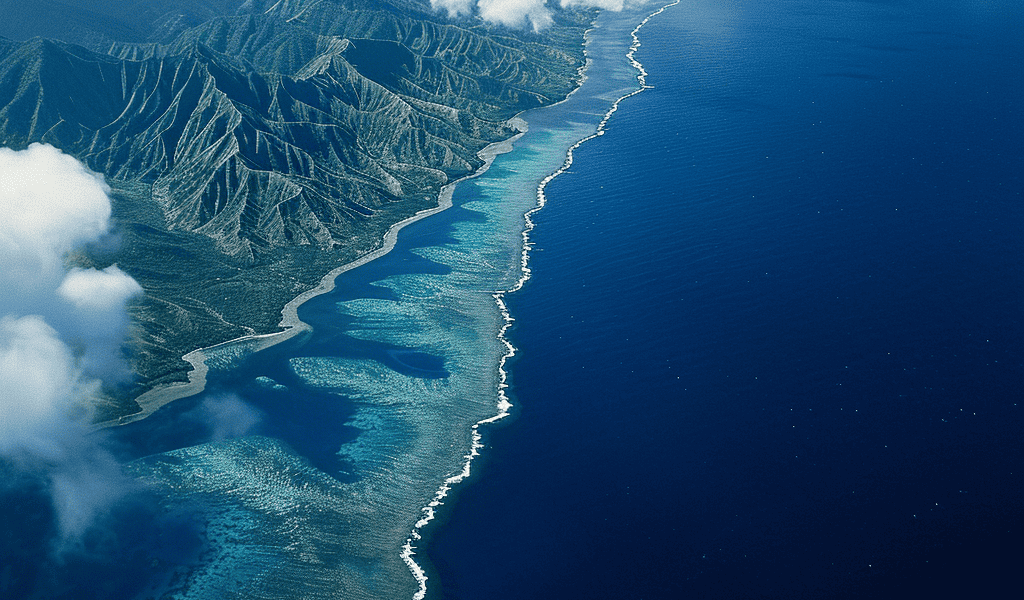Massive undersea plateau in Pacific Ocean has been growing since the age of dinosaurs, study finds
An undersea plateau in the Pacific Ocean that is larger than the state of Idaho has been growing since the age of dinosaurs, according to new research. The Melanesian Border Plateau, located east of the Solomon Islands, has been the subject of a recent study published in the journal Earth and Planetary Science Letters.
The research reveals that the plateau began forming during the Cretaceous period through four separate pulses of volcanic activity, each with distinct causes. This discovery sheds light on the complex history of this massive geological feature.
Lead researcher Kevin Konrad, a geoscientist at the University of Nevada, Las Vegas, emphasized the significance of understanding the timeline of such large volcanic features. He explained that while some of these features are formed in a single flood of magma, known as large igneous provinces, others are built over long periods through multiple volcanic events. Distinguishing between these two types is crucial, as large igneous provinces are known to have significant environmental impacts.
The team had the opportunity to study the Melanesian Border Plateau in detail during a research mission in 2013, using specialized equipment to dredge rock samples from the undersea mountains and volcanoes comprising the plateau. Through analyzing the ages and chemistry of these rocks, they determined that the plateau likely began forming 120 million years ago.
This new insight into the formation of the Melanesian Border Plateau provides valuable information about the geological processes that have shaped the Earth’s surface over millions of years. The research not only contributes to our understanding of past volcanic activity but also has implications for studying the potential environmental impacts of similar geological features in the future.





